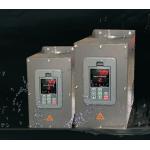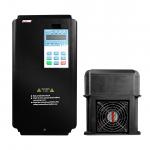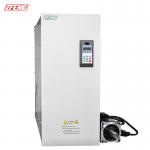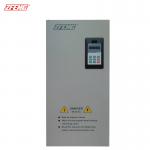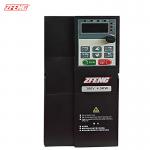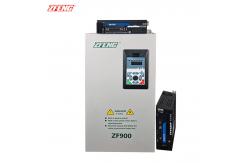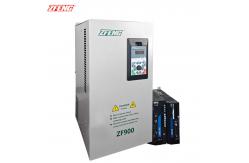As a type of power control equipment, frequency converters have
significant advantages in controlling the speed of AC motors by
changing the frequency and amplitude of the motor's working power
supply.
Significant energy-saving effect
Principle: The frequency converter can accurately adjust the motor
speed and output power according to the actual needs of the load.
When the load demand decreases, the frequency converter will
automatically reduce the speed and power of the motor, avoiding the
motor from running at full load or high load, thereby reducing
unnecessary energy consumption.
Case: In fluid conveying equipment such as fans and pumps, the
demand for flow rate or pressure usually varies with production
processes or environmental changes. After using a frequency
converter, the motor speed can be adjusted according to actual
needs to achieve energy conservation. For example, a water pump
with a power of 75 kW, without using a frequency converter,
operates at its rated speed regardless of the actual flow demand,
resulting in high energy consumption. After installing the
frequency converter, adjust the motor speed according to the actual
flow demand, and the energy-saving rate can reach 20% -50%.
High speed regulation accuracy and wide range
Principle: The frequency converter adopts advanced power
electronics technology and control algorithms, which can achieve
precise control of motor speed. Its speed range can usually reach
1:100 or even higher, and the speed accuracy can reach 0.01% -0.1%.
Case: In equipment such as CNC machine tools and textile machinery
that require high-precision speed regulation, frequency converters
can ensure that the motor operates accurately at the set speed and
position, improving the machining accuracy and quality of the
product. For example, in the feed system of CNC machine tools,
using a frequency converter to control the speed and torque of
servo motors can achieve high-precision cutting, improve the
machining accuracy and surface quality of parts.

